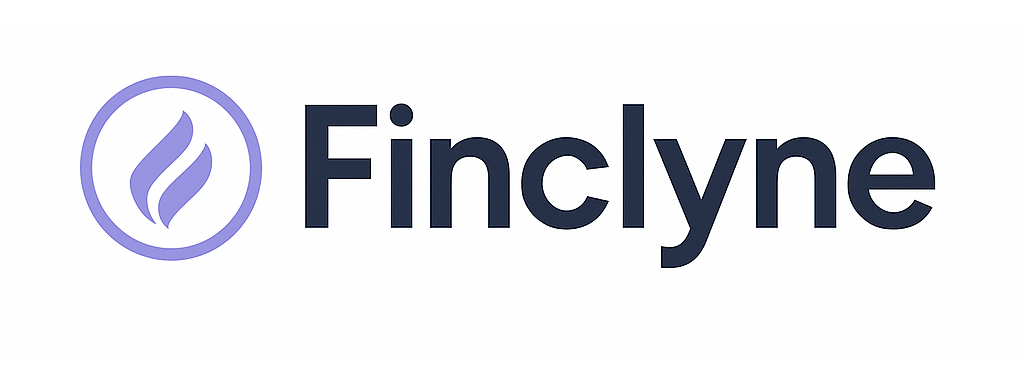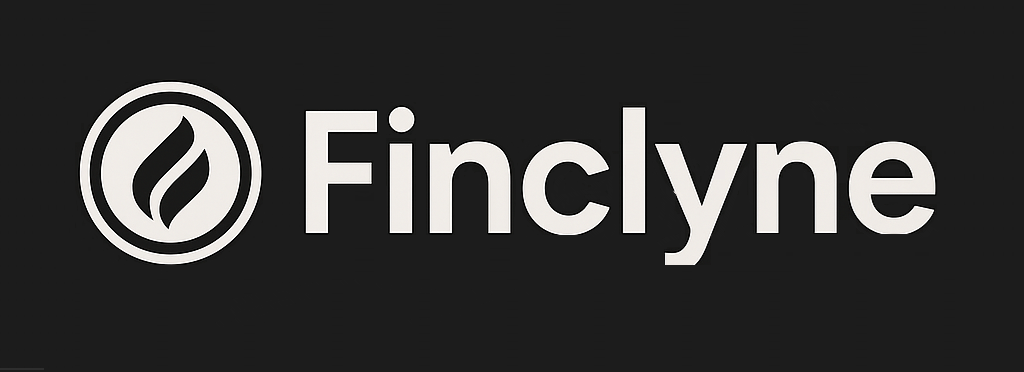GBP/USD, Oil Forecast: Two Trades to Watch
In the dynamic world of global finance, two specific assets are drawing considerable attention from market observers and potential investors: the GBP/USD currency pair and crude oil. Both represent critical barometers of economic health and geopolitical stability, and their recent movements suggest compelling opportunities – or significant risks – for those paying close attention. As global economies navigate a complex landscape of inflation, interest rate adjustments, and evolving supply-demand dynamics, understanding the forces shaping these two vital instruments is paramount for young adults keen on deciphering market signals.
The British Pound (GBP) versus the U.S. Dollar (USD) pairing, often referred to as “Cable,” remains a focal point for currency traders. Its trajectory is heavily influenced by the divergent monetary policy paths of the Bank of England (BoE) and the U.S. Federal Reserve (Fed), as well as the relative economic health of their respective nations. Recent data has shown a nuanced picture. While the UK has grappled with persistent inflation, leading the BoE to maintain a relatively hawkish stance, concerns about economic growth and potential recessionary pressures have tempered its aggressive rate-hiking cycle. Concurrently, the U.S. economy has demonstrated remarkable resilience, with robust job growth and consumer spending. The Federal Reserve, after a series of aggressive hikes, has entered a period of data-dependency, weighing the need to bring inflation down against the risk of stifling economic expansion. This disparity in economic momentum and central bank outlooks creates volatility for GBP/USD. A stronger-than-expected US economic print or hawkish commentary from the Fed tends to bolster the dollar, pushing Cable lower, while any signs of UK economic resilience or sustained inflation could provide support for the Pound. Geopolitical stability and domestic political developments in both countries also add layers of complexity, making the pair a sensitive gauge of global sentiment.
Simultaneously, the crude oil market continues its volatile dance, reflecting a delicate balance between supply constraints and demand uncertainties. Global oil prices, typified by benchmarks like Brent and West Texas Intermediate (WTI), are influenced by an intricate web of factors. On the supply side, decisions by the Organization of the Petroleum Exporting Countries and its allies (OPEC+) to adjust production quotas significantly impact market availability. Geopolitical tensions, particularly in key oil-producing regions like the Middle East or Eastern Europe, can quickly disrupt supply lines or trigger speculative buying, leading to price spikes. Conversely, robust production from non-OPEC countries, particularly U.S. shale output, can help moderate prices. The demand side is equally critical. Global economic growth, especially in major energy consumers like China, directly correlates with oil consumption. A slowdown in global manufacturing or a recessionary environment can dampen demand, pushing prices lower. Recent trends have seen oil prices caught between OPEC+’s efforts to stabilize the market through production cuts and lingering concerns about the pace of global economic recovery, especially from China. Inventory reports from major economies also provide crucial insights, with draws indicating strong demand or tight supply, and builds suggesting the opposite. Given its role as a fundamental input for countless industries and its impact on inflation, oil remains a crucial commodity for any forward-looking economic analysis.
For young adults looking to understand these “trades to watch,” it’s vital to recognize their interconnectedness. A stronger U.S. dollar, often a safe-haven asset during times of global uncertainty or rising interest rates, can make dollar-denominated oil more expensive for international buyers, potentially dampening demand and impacting prices. Similarly, global economic health, which influences both currency valuations and commodity demand, acts as an overarching theme. Persistent inflation, for instance, might prompt central banks to keep interest rates higher, potentially strengthening their currencies but also risking economic slowdowns that could reduce oil demand. Conversely, a boost in global growth could strengthen riskier currencies like the GBP and simultaneously drive up oil demand. Navigating these markets requires a keen eye on economic calendars, central bank communications, geopolitical developments, and fundamental supply-demand dynamics. While the allure of potential gains is real, the inherent volatility demands a disciplined approach, thorough research, and robust risk management.





